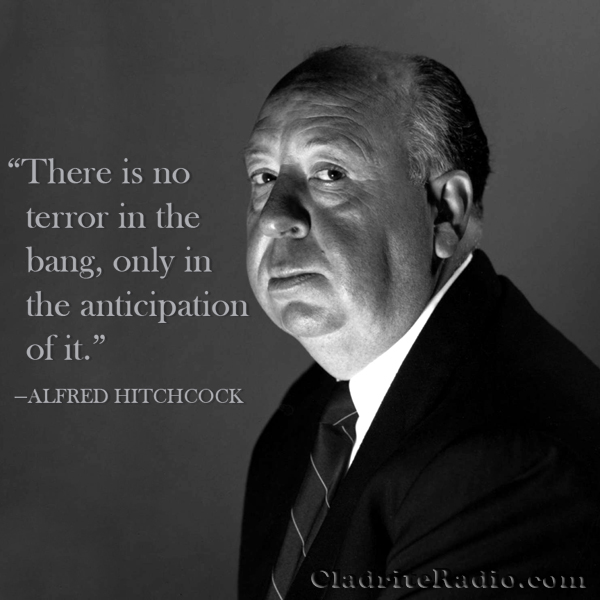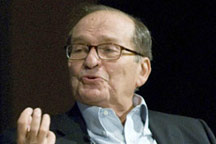The lovely Eva Marie Saint was born 92 years ago today in Newark, New Jersey. Here are 10 EVS Did-You Knows:
- Saint attended Bethlehem Central High School in Delmar, New York, graduating in 1942.
- Saint won a Best Supporting Actress Oscar for her first theatrical picture, Elia Kazan‘s On The Waterfront, in which appeared opposite Marlon Brando. All 18 of her earlier credits were on television.
- Just two days after winning the Oscar, Saint gave birth to her son Darrell.
- Saint’s competition for the role of Edie Doyle in that picture was Elizabeth Montgomery. Saint won the role by a nose.
- Saint graduated from Bowling Green State University in 1946. There is a theatre on the campus that is named after her.
- Saint’s waist-length hair was cut short for her role as a seductive spy opposite Cary Grant in Alfred Hitchcock‘s North by Northwest; the director insisted it made her more exotic. Hitchcock also personally chose Saint’s outfits for the film during a shopping trip to Bergdorf Goodman in New York City.
- Her nickname in high school was “Bubbles.” She was the senior class secretary and also a cheerleader.
- Saint was named after her mother, Eva Marie Rice.
- Her favorite movie is Francois Truffaut’s Day for Night.
- Saint has been married to writer-director-producer Jeffrey Hayden since 1951.
Happy birthday, Eva Marie Saint, and many happy returns of the day!




